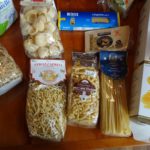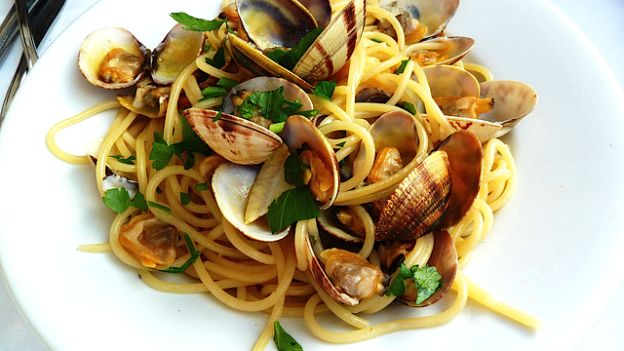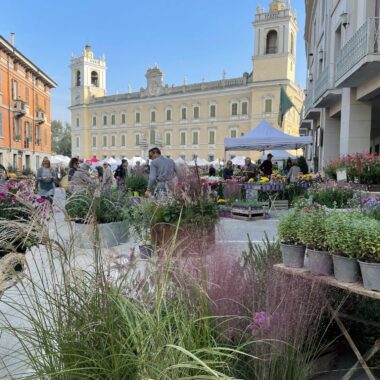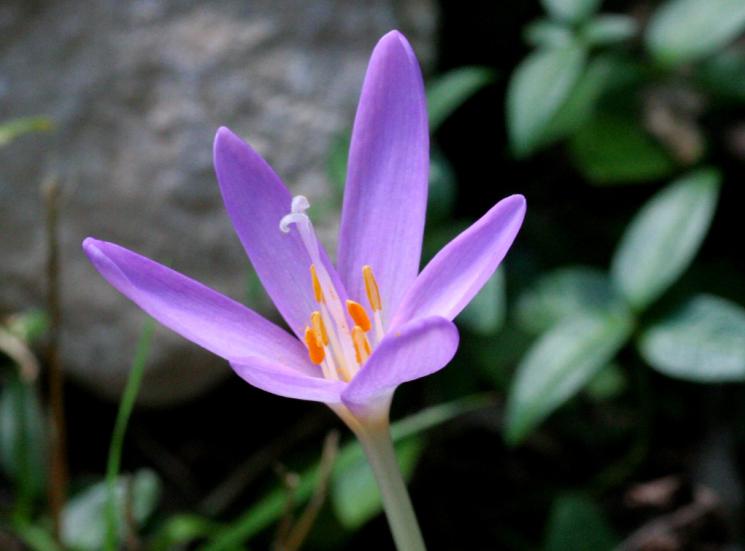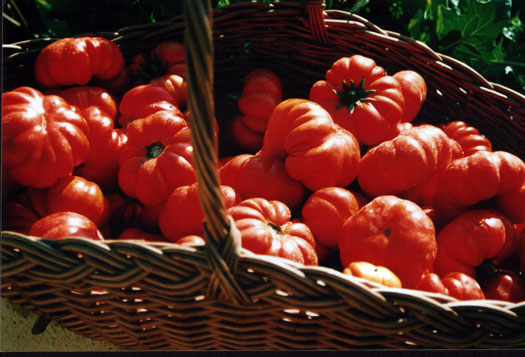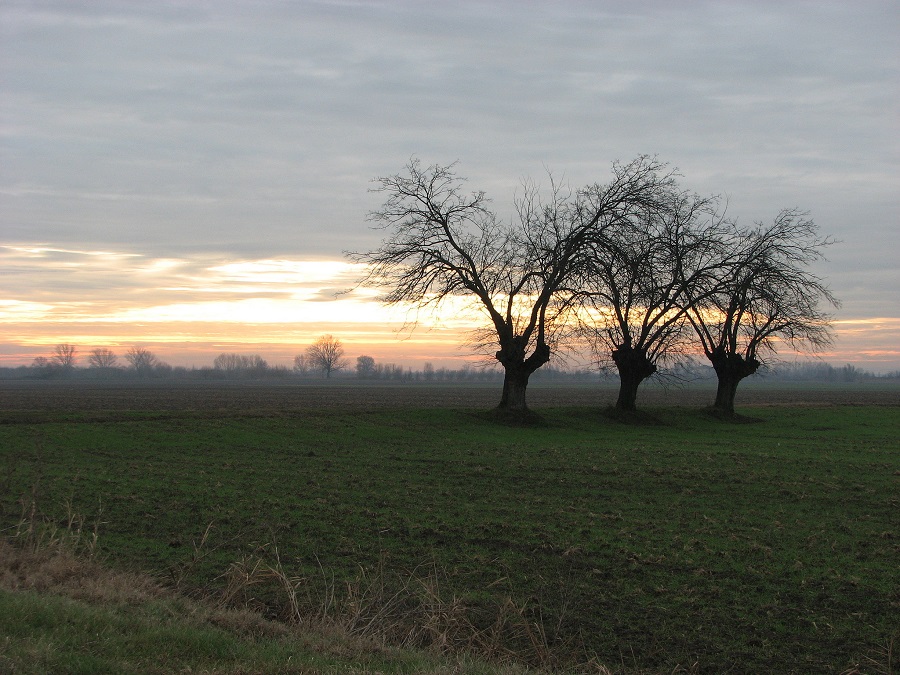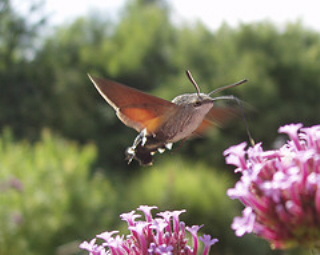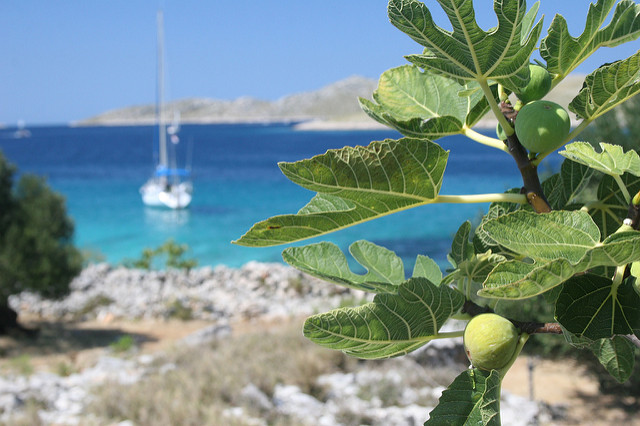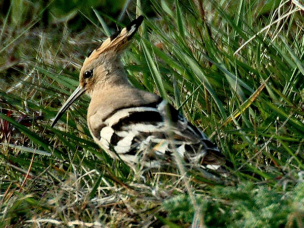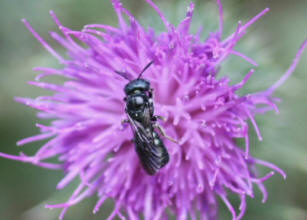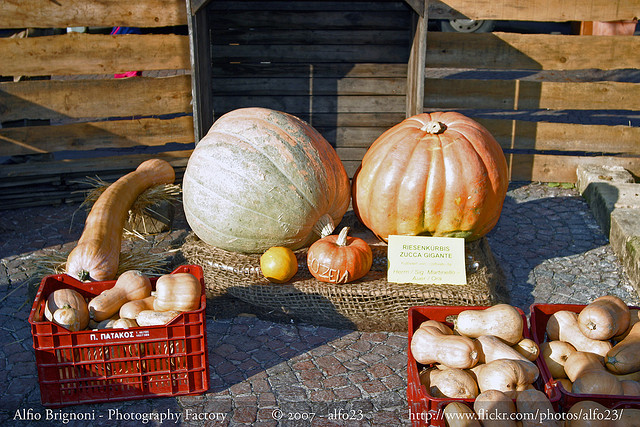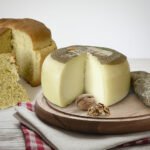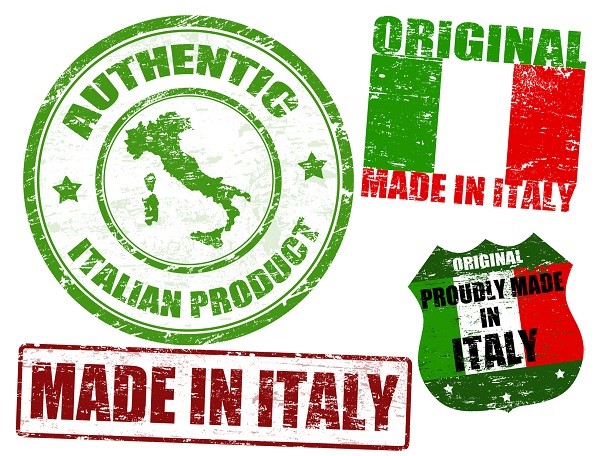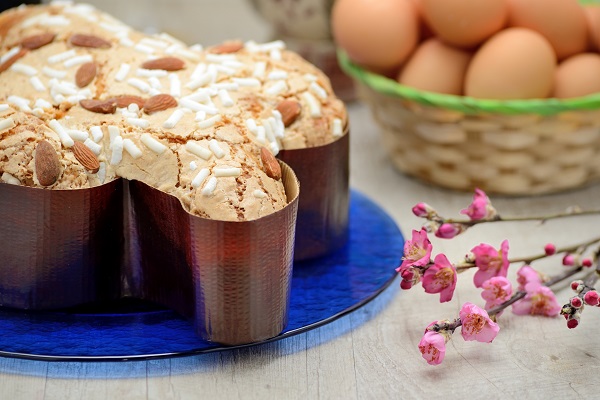Italian Agro-alimentary Products Saved
The Italian agro-alimentary products touched the summit of 4,255
units this year.
These produces are obtained by traditional and antique methods, handed
down through time on many agricultural farms which maintained “unaltered”
ingredients and recipes in preparing 1,252 types of bread, pasta, and
biscuits; 1,193 cultivated fresh vegetables, 716 salami, hams, fresh
meats and sausages of various varieties – 456 kinds of cheese
and 146 beverages including: wines, liquors and juices is what came
up from the “Col diretti” (national confederation for Italian farmers
founded in 1944).
An analysis which prepared the budget of the nationally distinguished
acronym “Saved from Extinction.” Placed on the regional and traditional
agro-alimentary list, updated with the 5th revision published supplement
in the “Gazzetta Ufficiale”(Official Government Journal); of July 20th,
2006. This final list registers an increase of 3.8 percent in respect of last
year’s survey, – specifies Coldiretti, the products were surveyed by
region in a research lasting six years.
Beginning in July 2000 registering 2,171 of local alimentary specialities
registered for their ingredients, manufacturing methods, recipes and
areas of origin. The result,-continues Coldiretti – they are aimed to
be protected from counterfeit and maintaining in the coming future their
natural origin and gastronomic heritage which represents and determines
the “Made in Italy” competition throughout the world.
A national wealth which incorporates – specifies Coldiretti, produce
achieved by traditional means from at least 25 years ago and methods
put into practice throughout the territory in a homogeneous manner.
Form the Tuscan “Zolfini beans,” to the “Puzzone of Moena cheese
(Literally meaning; the Moena’s Stinker) of the Trentino region (north
north Italy), from the “Lampascioni” soaked in oil from the Puglia region,
to the Sardinian”Carasau” bread, from the Veneto’s grappa, to the “porchetta”
(roasted pig) of Ariccia (Roman Castles). This list concerns a wide
range of products which can become the most appreciated souvenirs of
a any vacation!
The specialities regional map,- claims Coldiretti, is not only a
useful reference guide for the consumer who is very attentive to the
gastronomical side of the matter, but its also capable of activating
an important wine and gastronomical income; especially for tourism that
is valued at 5 billion Euro.
Therefore there is – sustains Coldiretti, the opportunity to value
a high cultural and alimentary heritage and in the mean time give acknowledgement
to the agricultural entrepreneurs whose daily commitment is offering
the customers produces which quality and genuineness guaranteed by rigorous
discipline. Many of which, continues Coldiretti, can be purchased in
almost 50,000 agricultural establishments which directly sell their
own produces or enjoyed easily in the 15,000 “Italian Holiday Farms”
or “Agriturismo” in which they accomodate approximately 3 million tourists.
In favour of the produces listed, derogation measures could be taken,
concerning rules pertaining to produce hygiene in order to conform with
the ECC dispositions which will allow to overcome many administrative
obstacles which put at risk, these productive realities.
The regions which could claim the major number of products traditionally
registered- so concludes Coldiretti, are: Tuscany with 451 products,
followed by Piedmont with 369, Veneto 366, Lazio with 340, and Campania
with 324.
Puglia is the region which to a great extent incremented her alimentary
“jewels” place in the list ( up 23%), while Le Marche has seen her registered
number of alimentary products going down from 150 to 148 because of
the “Ascolana stuffed Olive” and the “Piceno’s ascolana tender olive”
having obtained together the ECC tutelage with DOP “Oliva Ascolana del
Piceno” acronym.
By Jackelin J.Jarvis

